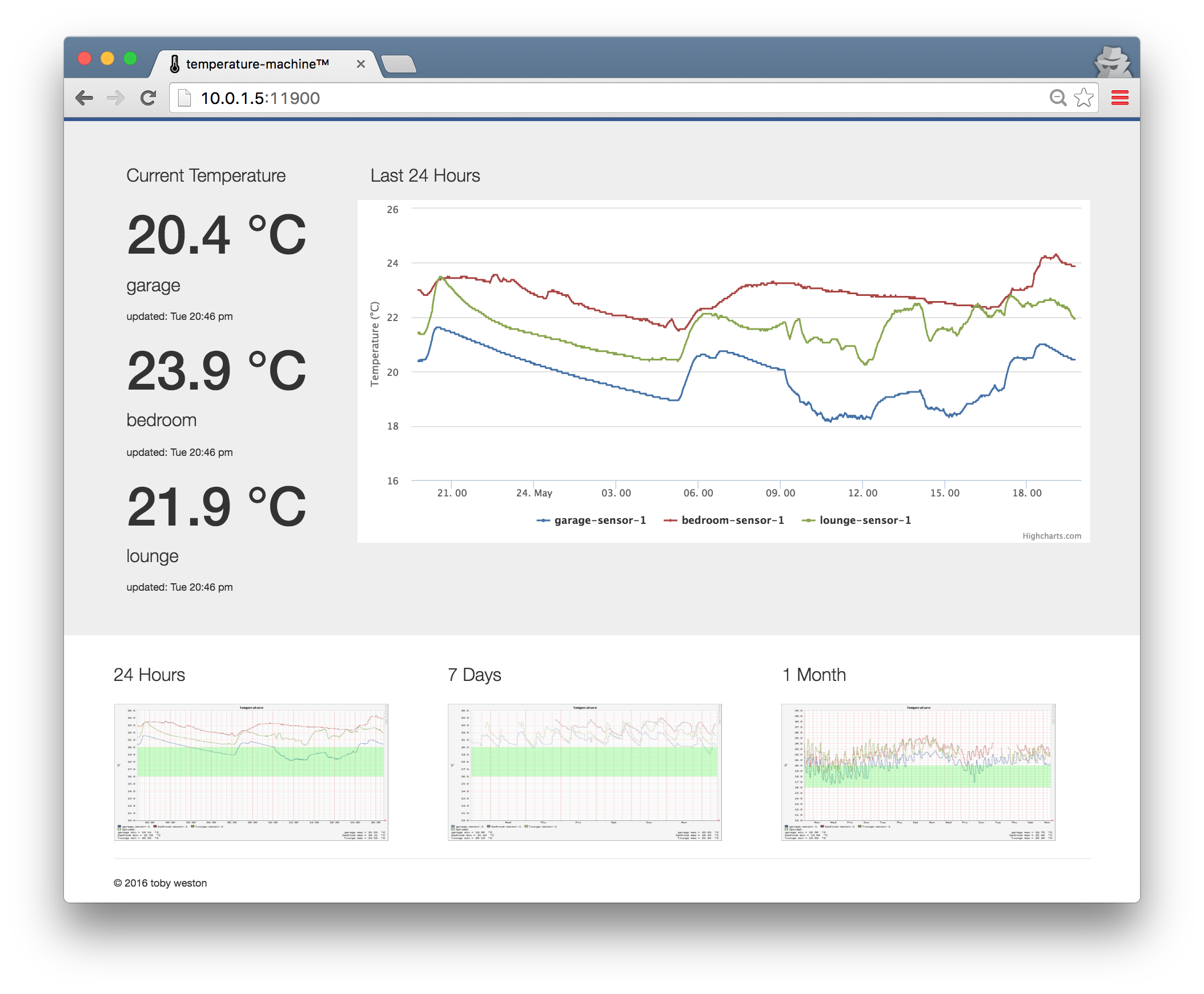Many industries need to evidence that code reviews have taken place. This is typical in regulated environments like Banking but the Regulators aren’t clear what constitutes a good source code review process and don’t yet understand modern practices like Pair Programming. They can’t help you streamline your process.
The result is a tension between old-fashioned bureaucracy and modern development practices; the need to prove you have a rigorous process in-place and the desire to push frequent releases to production without wasteful paperwork.
